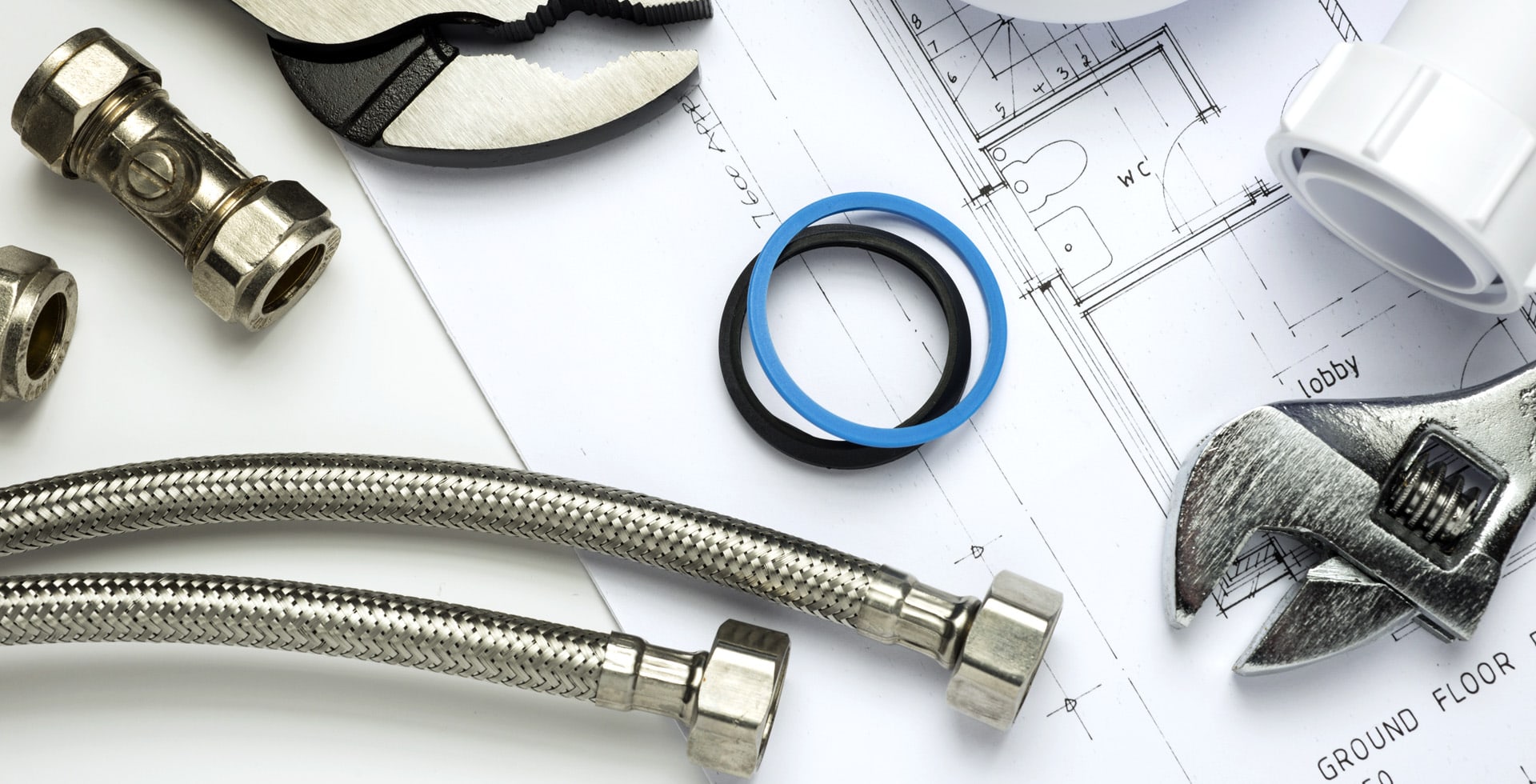“`html
How to Fix a Gate That Won’t Close Properly
Gates are often the first line of defense for our homes and gardens, ensuring privacy and security. However, a gate that won’t close properly can be a nuisance, leaving your property vulnerable. Luckily, diagnosing and fixing this issue can often be done with basic tools and some patience. This guide will walk you through the steps to remedy a gate that refuses to shut correctly.
Identifying the Problem
Before you can fix your gate, it’s essential to identify why it isn’t closing properly. Here are some common issues that could be causing the problem:
- Misalignment: The gate may have shifted from its original position, causing it to not match up with the latch or frame.
- Obstructions: Debris, overgrown plants, or other objects may be blocking the gate’s path.
- Hardware Wear: Hinges, latches, or bolts may be rusted or worn, affecting functionality.
- Ground Level Issues: Changes in terrain, such as soil erosion or settling, can alter the ground where the gate sits.
- Temperature Effects: Wood gates may expand or contract with temperature changes, affecting fit.
Step-by-Step Solutions
Now that you have identified the potential causes, it’s time to fix the gate. Here are actionable steps you can take:
1. Inspect for Misalignment
Start with a visual inspection of the gate. Check if the gate is sagging or has moved out of alignment.
- If so, use a level to check the alignment.
- Adjust the hinges by tightening or loosening screws to realign the gate.
2. Clear Any Obstructions
Walk around the gate and check its path for any blockages.
- Remove plants, trash, or any debris in the way.
- If the gate drags on the ground, consider trimming nearby vegetation or removing obstacles that may cause interference.
3. Check the Hardware
Inspect all the hardware associated with your gate:
- Hinges: Ensure they are not rusted. If they are, they may need replacing.
- Latch: Confirm the latch engages smoothly. If it’s sticking, some lubrication can help.
- Screws and Bolts: Tighten any loose connections to ensure everything is secure.
4. Address Ground Level Issues
If the gate has shifted due to ground level changes:
- Check if the ground is uneven where the gate rests.
- If the soil has eroded, consider filling in the area with dirt or gravel to create a level foundation.
- If necessary, adjust the gate height by raising it on its hinges. This might involve repositioning the brackets.
5. Manage Temperature Effects
For wooden gates, temperature changes might be affecting their performance:
- In humid conditions, wood can swell. Consider sanding down the edges that are tight against the frame.
- If the gate is frequently exposed to the elements, applying a protective finish may help extend its life and reduce expansion.
Testing the Fix
After you’ve made any necessary adjustments, test the gate:
- Open and close the gate several times to see if it’s working smoothly.
- Check that the latch engages correctly and the gate remains closed when not in use.
Maintenance Tips
Preventing future gate problems is easier than fixing them. Here are some maintenance tips:
- Regularly check and lubricate hinges and latches to ensure smooth operation.
- Trim any vegetation that grows too close to the gate.
- Inspect for rust on hardware, particularly in humid climates, and replace parts as necessary.
- Adjust the gate annually to account for any seasonal ground shifts.
Conclusion
A malfunctioning gate can be frustrating, but understanding the common causes and solutions can save time and aggravation. By following these steps, you can ensure your gate closes properly and securely. Regular maintenance will not only enhance the gate’s functionality but also prolong its life. Keeping an eye on your gate can help you avoid bigger issues down the line. With a little effort, you can restore security and functionality to your property.
“`

